“Artist-architect” Israt Jahan Teesha, discovered her passion for art as a therapeutic pursuit while pursuing her Bachelor of Architecture from North South University, she became unequivocally enthralled by a painting created by an aunt. As the dominoes fell into place, she found her calling. The architect completed her Masters from the University of Dhaka in Disaster Management. Her educational background in architecture has had the added benefit of being able to exhibit her artwork in interior design projects under her wing.
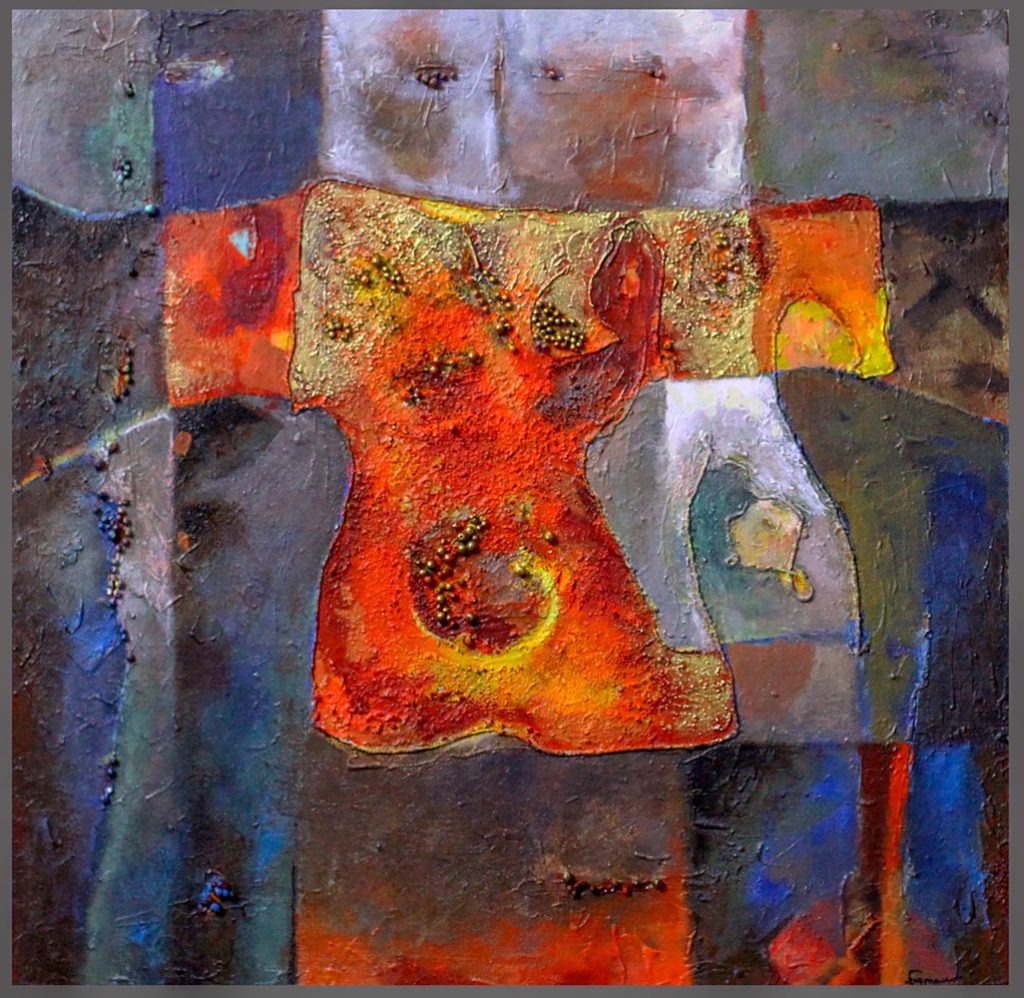
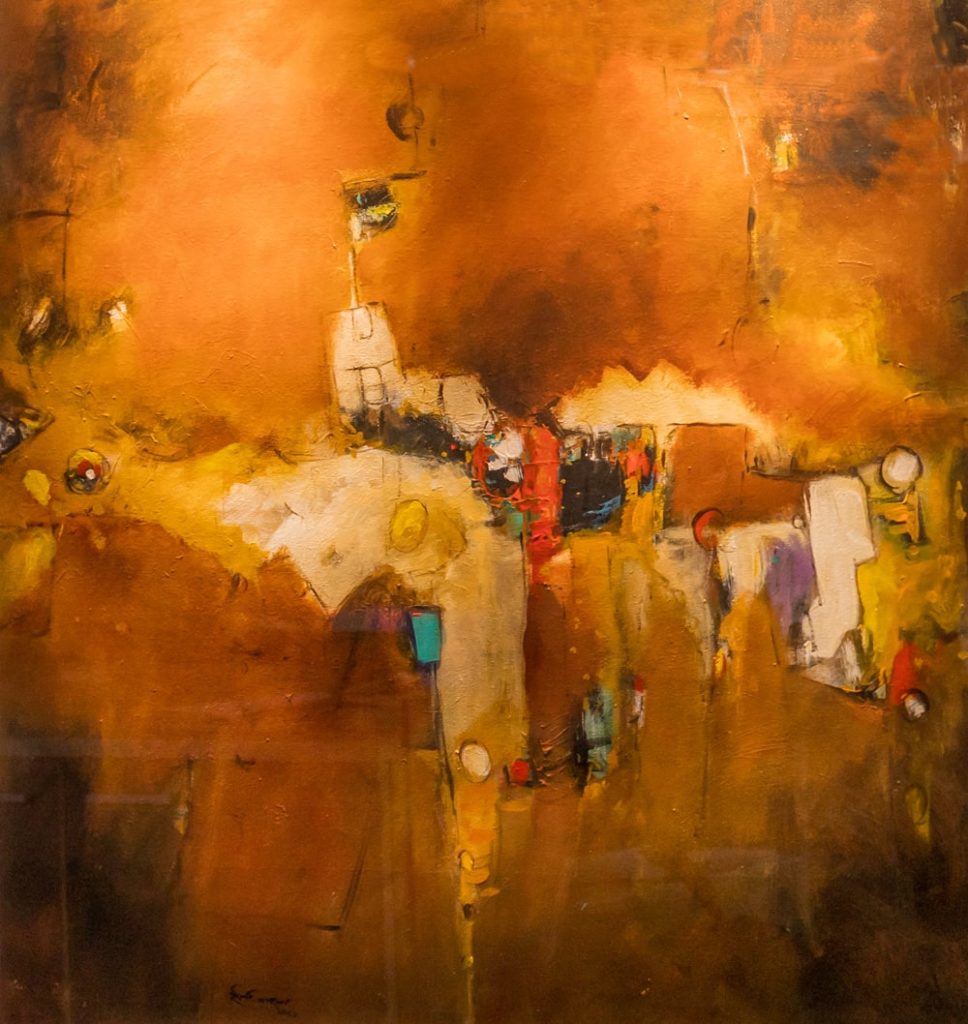
She states, “I have exhibited my paintings as part of the interior design of a significant number of buildings in both Chittagong and Dhaka. For the past five years, I have worked for Shanta Holdings Limited. My paintings are often displayed in many residential and commercial building projects at Shanta Holdings. Many renowned architects have displayed my work in the building they have designed. It brings me happiness to see my own artwork incorporated into magnificent architectural projects. One of my recent collaborations as an artist happens to be for the building ‘Simple Tree Lighthouse’, designed by architect Mohammad Foyez Ullah sir.” The painter views her art as a healing medium, turning to her craft in moments of extreme joy or sorrow.
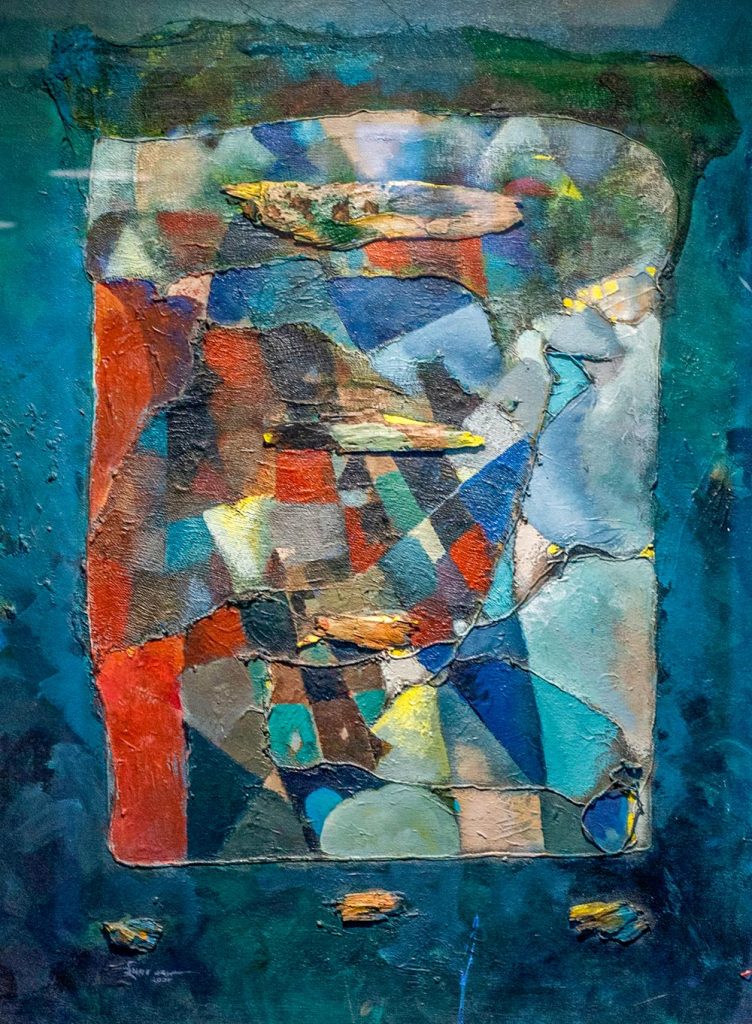
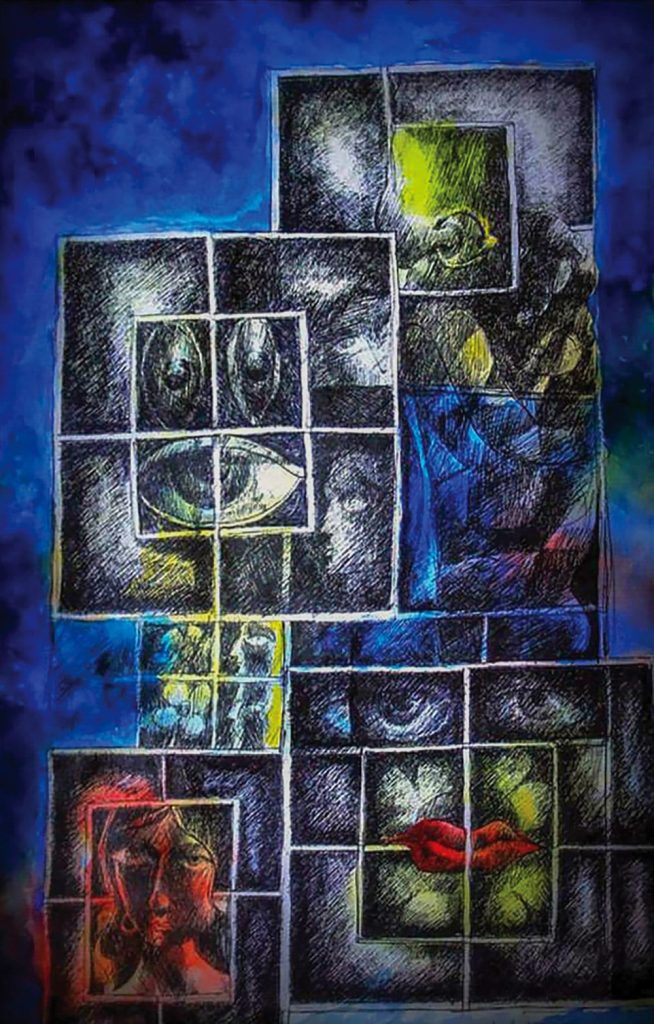
Abstractionist Israt Jahan’s paintings are primarily composition-based, depicting time, moments, and textures from nature and life. Not categorizing her art, she allows the audience to decide what they see.
Prior to beginning her work, she makes a layout on her sketchpad, keeping in mind the concept. Often moving forward with a painting “without thinking about the meaning behind them”, her artwork is not intended to be a depiction of anything. Further expressing her process, the architect states, “I prepare the canvas, pouring colours and creating textures. I then draw the structure as per layout and identify detailed compositional objects, proceeding to balance colour, and reducing middle tones. However, when I do create paintings for a certain wall, I first strive to capture the atmosphere. Since that painting will be a part of that room, I look into the specifics of that area, including the ceiling, floor, textures, colours of the walls, and other furnishings. Then I develop a compositional layout and determine a colour palette.”
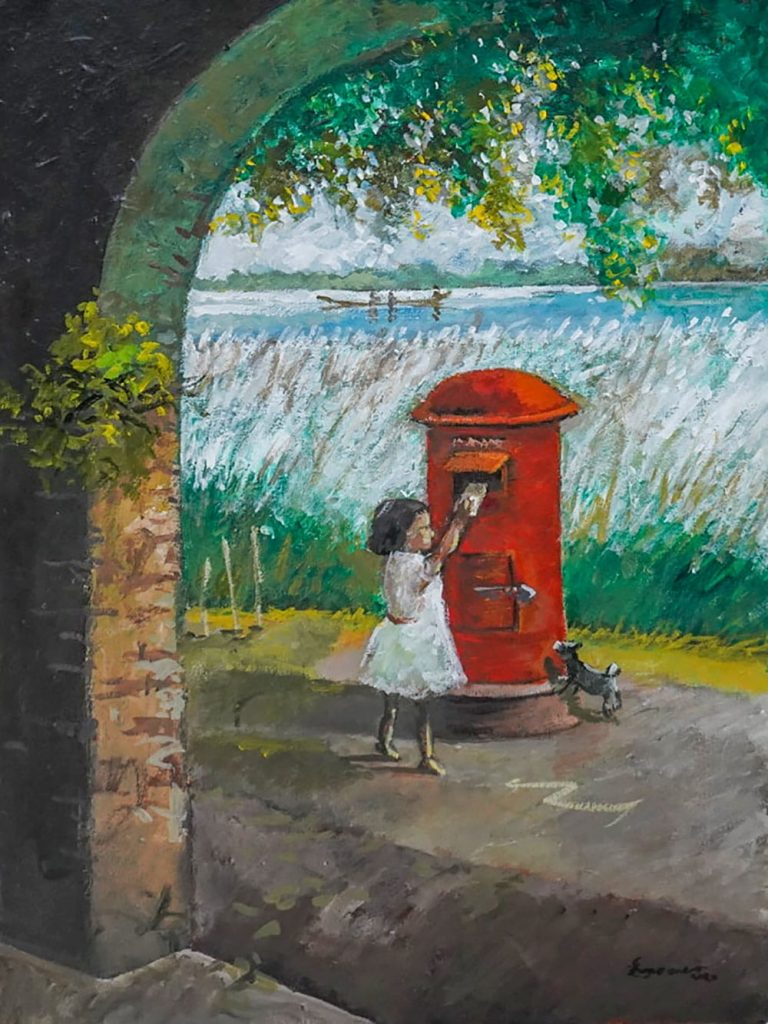
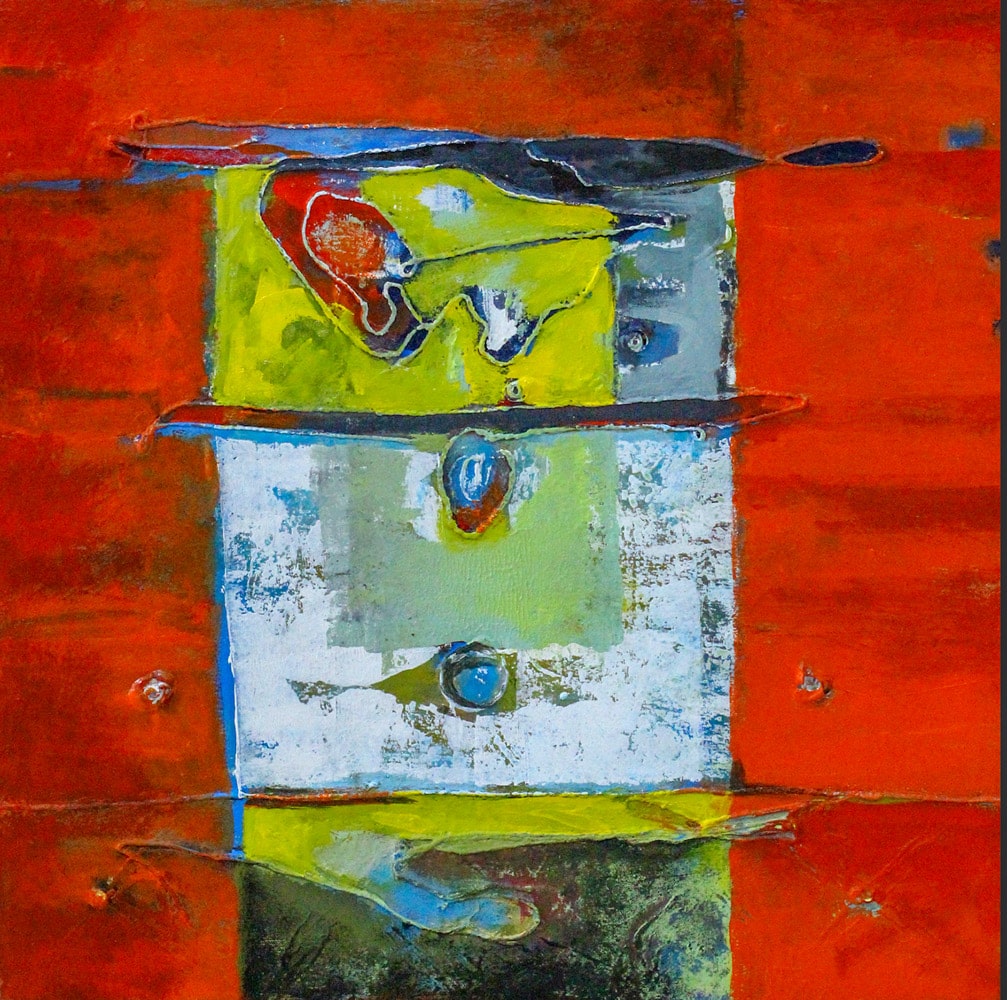
Finding ease in composition on canvases, the artist gravitates towards colours, textures, lines, planes, dots, and so forth. She states, “I often don’t paint any figures, or attempt to depict the stories that go alongside them. I do use composition to create my own expression.” “I genuinely enjoy using acrylic paint on canvas. My ideal medium for using composition to create space is the canvas. The media I feel most at ease with is acrylic, but I adore watercolour as well. But, I find myself to be someone lacking control of anything as a person, and this bleeds into my watercolour paintings. I spend most of my leisure time doodling small, abstract design concepts with a pen on sketch pads.” Originally more inclined towards engineering, Israt Jahan Teesha had always found herself drawn to the arts. Often winning in different art competitions before her Secondary School Certificate (SSC). She owes all her achievements to her parents Md. Ataur Rahman and Umme Kulsum Mukti for their continuous support and encouragement.
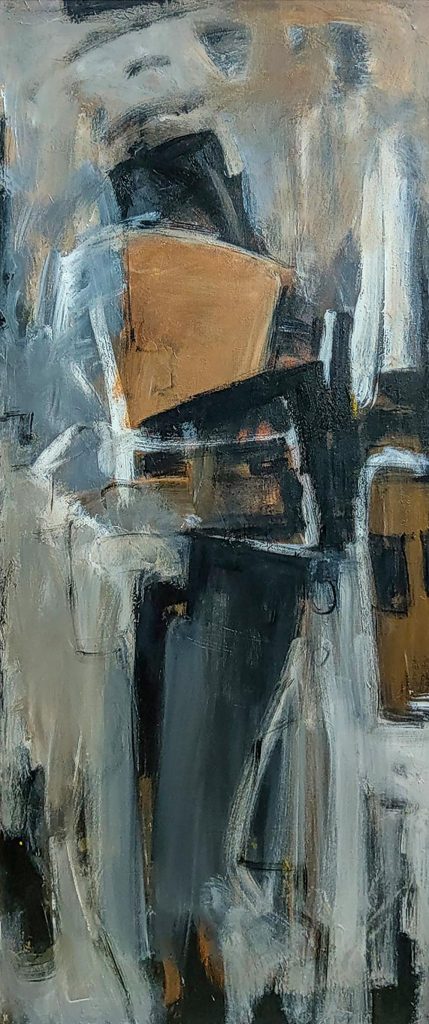
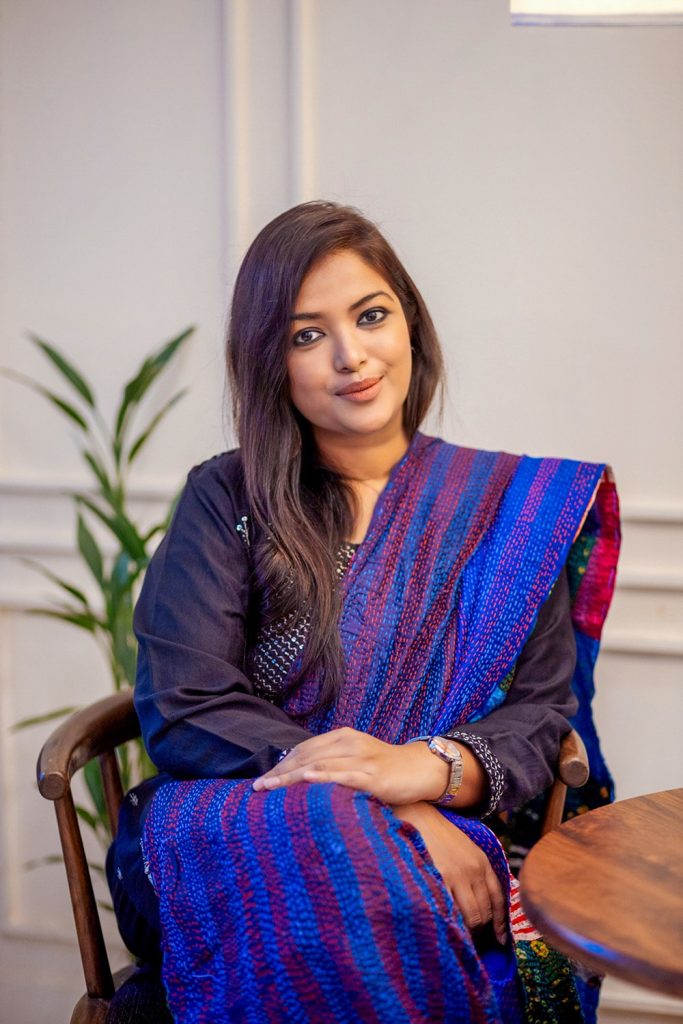
She rediscovered her passions in the midst of her fourth year in university, joining the art school Nandon run by artist Swapan Chowdhury. She expressed that her life entered a new phase after being accepted into Nandon art school. She notes, “My inherent passion for painting was finally expressed through Swapan sir’s motivation. But after a couple of months, I had to halt as I had to complete my final year undergrad thesis. Afterward, I re-joined Swapan sir’s Class in 2016 and have continued to ‘till date.” Israt Jahan shared that one of her favourite creations is currently exhibited at a project by architect Nahas Ahmed Khalil and Shanta Holding Ltd. Teesha states, “My second favourite colour is green. When I first began that painting, the green with its textures, props, and constructed composition almost completely overpowered me.”




